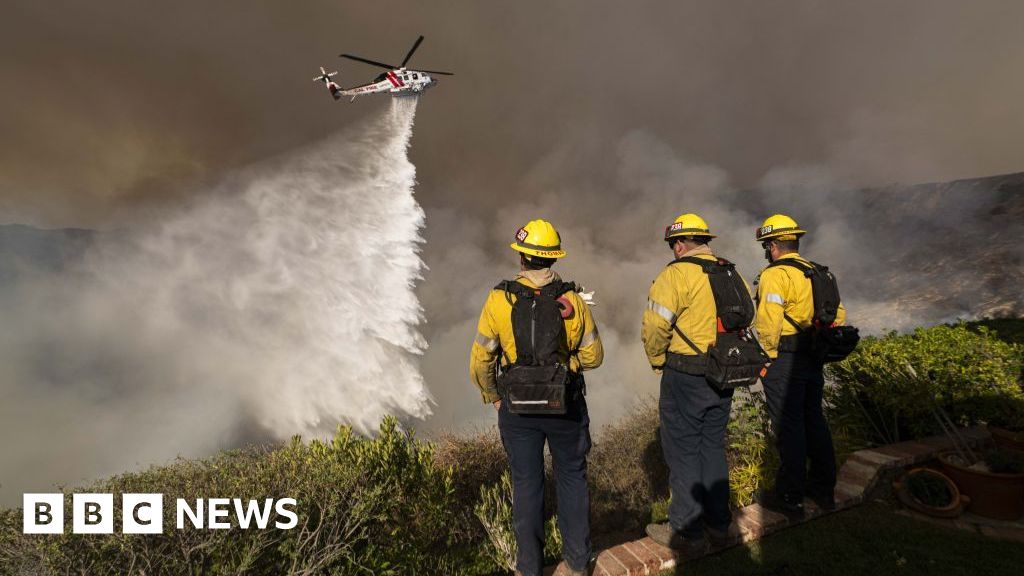Southwest of Broome, on the northern West Australian coast, a narrow strip of pastoral land separates the Indian Ocean from the Great Sandy Desert.
In a few years’ time, this thin band of country might become a passageway for cane toads to invade the sensitive Pilbara region.
Or – if an ambitious plan succeeds – it could be the point that finally halts the toads’ relentless onslaught.
The plan, cooked up by ecologists, Traditional Owners, rangers and pastoralists, aims to establish a “Toad Containment Zone”.
They’ll do this by limiting access to water along the 150km stretch.
“In that corridor, there’s not a lot of natural permanent water,” explains Professor Ben Phillips, a population biologist at Curtin University.
“Most of the water that’s there is agricultural water, so it’s already managed by people.”
Since their introduction in 1935, cane toads have often relied on agricultural water sources to drive their destructive invasion of northern Australia.
“We can manage the water in such a way that it’s not accessible to toads. If we do that, we basically create this impassable barrier; an area of the country that’s too dry for toads to live in,” says Phillips.
“If we get it right, the cane toad invasion stops just south of Broome.”
In the past 90 years, cane toads have spread from eastern Queensland, across the Northern Territory and into the Kimberley region of Western Australia. They’re now about 150km away from Broome.
The toads have caused widespread destruction to the local ecology by outcompeting native species for food and poisoning predators which try to eat them. Species like the Kimberley’s ghost bat have plummeted in numbers since the toads’ arrival.
The Pilbara, which the Toad Containment Zone aims to protect, is a biodiversity hotspot home to a number of endangered species like the northern quoll and the night parrot.
Phillips tells Cosmos that the zone can be established mostly by upgrading pastoral water infrastructure.
The Curtin and Deakin University scientists have been working with the 4 pastoralists whose properties span the area, the Nyangumarta and Karajarri Traditional Owners, and resource management organisation Rangelands NRM to develop the plan.
“One of the simplest things is that there’s lots of bores currently that are used to water cattle, and most of that infrastructure leaks,” says Phillips.
“Each of those leaks can support 1000 cane toads over the dry season. So if we upgrade infrastructure to make sure it’s in tanks and troughs, and we upgrade the plumbing so that it doesn’t leak, the toads won’t be able to access it, even though the cattle can.
“It’s quite simple strategies like that, but by applying them across this whole area, we set the landscape up to kill the toads.”
The ambitious scheme rests on a decade of research. The idea for a water control zone was first sparked by Professor Mike Letnic, an ecologist at the University of New South Wales. Letnic and colleagues found that cane toads could only survive for 3 days in a Northern Territory dry season without access to agricultural water.
“Four days, and every single toad is dead once it’s been excluded from those water points,” says Phillips. “They demonstrated that at multiple water points multiple times.”
The researchers then identified this strip of land connecting the Kimberley with the Pilbara, suggesting this was a good spot to repeat the water control.
“My group did a bunch of modelling of the idea,” says Phillips.
“A lot is known about the way toads disperse and breed. We brought that information in, and we built dynamic models explaining simulating the spread of cane toads through this landscape.
“Those models showed that if you didn’t do anything, cane toads would definitely spread to the Pilbara. But they also showed that we could create a break in the landscape that would stop toad invasion.”
Phillips’ group has also tested the idea by dropping male cane toads with trackers into the barrier area during the dry season.
“They died very, very quickly.”
Phillips says that it’s also unlikely these water breaks will have much impact on the surrounding environment.
“Water is still going to be there. Certainly the cattle will be able to access it, and the cattle probably have a larger impact in the ecology around those areas than just about anything else.”
Birds will also be able to keep using the water.
“It’s going to be designed very specifically to exclude toads. Most of the native species up there really don’t rely on permanent water,” says Phillips.
The project has recently been funded by the West Australian Government. Toads are expected to reach the containment zone by the 2027-28 wet season.




















Discussion about this post